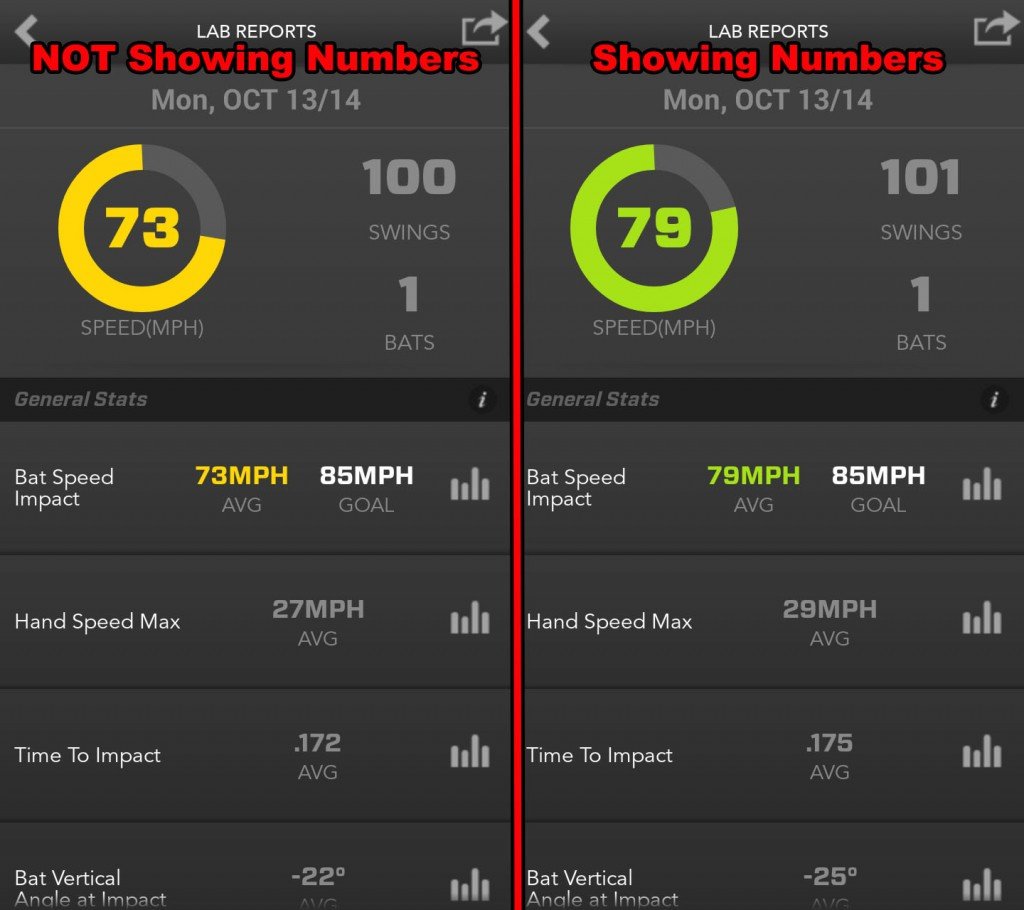NEW Zepp Swing Study Reveals How Some Hitters Are Adding 48 Feet To Batted Ball Distance (HINT: and it’s Not ALL in the Hips)
Attn: Baseball & Softball Coaches or Parents…
I’m sure you’ve heard the following:
- “Power is ALL in the hips”,
- “Load and explode the hips”, and
- “The hips lead the way”…
Well, I’m here to say I’ve fallen for the same misleading claims that the hips hold the secret to repeatable power. After digging into the science of human movement, reading books like:
- Anatomy Trains
by Thomas Myers,
- Dynamic Body
by Dr. Erik Dalton,
- The Spinal Engine
by Dr. Serge Gracovetsky, and
- Becoming A Supple Leopard
by Dr. Kelly Starrett…
I found out how wrong I was listening to the “old guard”. In this video, I’ll reveal:
- The shocking study showing that it’s NOT all in the hips,
- Where does power come from? And,
- The Do’s & Don’ts
See what we did with a group of hitters recently teaching this very thing, that got HPL some press time:
The Shocking Study Showing that It’s NOT All in the Hips
This particular test looked at how spinal engine mechanics, timing of torque, and how natural springy material in our body can produce consistently higher bat speeds, without getting stronger.
Check out the 3-shocking experiment findings below:
- Finding #1 (Zepp app screenshot above): My average bat speed over the experiment increased by 6-mph (every 1-mph of bat speed = 8 more feet of batted ball distance),
- Finding #2: My top out bat speed increased by 6-mph (from 82 to 88-mph), AND
- Finding #3 (Zepp app screenshot above): My hand speed increased by 2-mph!
Then, Where Does Power Come From?
The results from the bat speed study can be proven by the following video blog posts I did at the Hitting Performance Lab:
- Josh Donaldson & Jose Bautista: How Spinal Engine Mechanics are Amplified by Gravity,
- Miguel Cabrera & the Timing of Torque, and
- Adrian Gonzalez: How-to Naturally Spring Load the Body.
Here are two hitters that “show their numbers” to the pitcher very well:

Andrew McCutchen (5’10”, 190-pounds, 2013 NL MVP)
AND,

Mike Trout (6’2″, 230-pounds, 2014 AL MVP)
The Do’s & Don’ts
I’ve found with my local and online hitters that the cue “Show your numbers to the pitcher” works very well. Here are some commonly asked questions to its application with both baseball and softball hitters…
When to show the numbers?
Here are the options:
- A hitter can either show them from the start, like Hunter Pence of the San Francisco Giants and Josh Donaldson of the Oakland A’s.
- They can show them as soon as they pick up the front foot like Andrew McCutchen, Buster Posey (photo above), and Mike Trout, OR
- Show them as soon as they fall forward into the stride like Dustin Pedroia.
My recommendation is either option 1 or 2.
Lose Vision with the eyes?
When the hitter shows their numbers, make sure they don’t lose eyesight with the back eye. If they do, then their showing too much of their numbers. For other explosive rotational athletes, like a Shot Putter, losing sight of the target isn’t as big a deal. But a batter is hitting an unknown pitch, so vision with both eyes is critical.
Landing Closed & Front Shoulder Flies Open?
This is because the hitter is landing with a closed front leg and toe. CLICK HERE for a similar Alex Gordon (of the Kansas City Royals) Experiment I did using the Zepp Baseball app. Landing with an open front leg and foot allowed me to maintain higher levels of bat speed and increase top out bat speed by 2-mph.
Basically, land closed with the shoulders (“block” them from opening), and land open with the front leg and foot, and by George, you’ve got it!
Introducing the Catapult Loading System Online Video Mini-Course
Sick of struggling with getting your hitters to hit the ball hard with more consistency? This is a simple 7-module online video mini-course that will help hitters weighing less than 100-pounds, hit the ball consistently over 300-feet in 60 days. You’ll be able to dramatically increase power without sacrificing swing quality.
CLICK the Link below to…
- Fix Late Swings Fast: 2025 Pitch Recognition & See-Decide-Swing Training for Youth Baseball Power Hitters - October 6, 2025
- Safe Youth Weighted Bat Training: Proven Overload/Underload Drills to Increase Exit Velocity in Games Starting Tonight - September 29, 2025
- AI Coaching Course 2025: Youth Baseball & Softball Practice Plan + Off-Season & In-Season Workout Builder Fast - September 23, 2025









Can this work for fastpitch?
Especially for fast-pitch. Springy fascia doesn’t discriminate for males or females…young or old…baseball or softball.
Thank you. My daughter doesn’t stride all of the time or not consistently, have any drills that will help with that?
Britton, how old is she?
11 y/o that doesn’t use lower half but has power and pop. How do I use this with him? Also how do I get him to tap into his lower half strength
Charles, all human movement derives from the spinal engine. Lower half movement is important, but not as critical as the spinal engine. For lower half mechanics, you can click on “Topics” in the navigation bar and then click on “Un-Weighting”. Lots of free articles there. You can also look into the Reaction Time Mastery course under the “Courses” tab, which I go into all the details of lower half mechanics, among other things.
Hey Joey,
I really enjoy the information you bring out on this site, your interest, time and effort is invaluable to the learning process of those in our baseball community,
During your Zep Swing, study comments you say to show the numbers by counter turning/rotating the shoulders, I use the term{STROKE} instead of {SWING} due to the fact that the actual swing comes after contact is or is not made during one;s follow through, you also mention what Ted Williams says in his book, if you will turn to the page in his book that shows the color photo of his body movements you will see arrows showing counter hip rotation during the load phase, this counter hip rotation is what should lead the way and activate the counter shoulder rotation, spinal engine mechanics of the upper body/torso.
Great Base Ball-N
Don Ervin
Thanks Don for the kind words brother. And I appreciate your insight on my site and Facebook. Are you referring to the inward turn of the hips (pelvis) towards the catcher during the load phase? If so, current research into springy fascia suggests that this move really isn’t necessary. I find that my young hitters that have this inward turn, tend to land closed with their stride foot, which is not effective. IF the hitter can inward turn the hips, AND land open with the lead foot, then I don’t have a problem with it. Williams obviously did this…Harper today is another. HOWEVER, springy fascia is loaded by the springy X pattern, so landing open while showing the numbers is the way to repeatable power. I don’t teach the inward turn of the pelvis anymore after reading Thomas Myers’s book Anatomy Trains. I think it’s unnecessary, and can do more harm than good in a youth swing. But those are my thoughts.